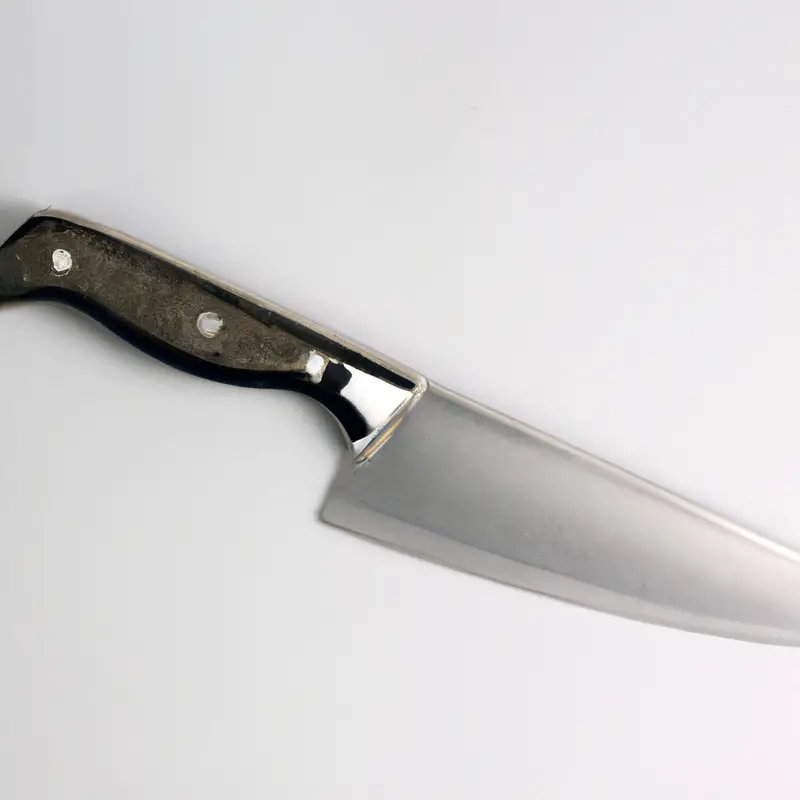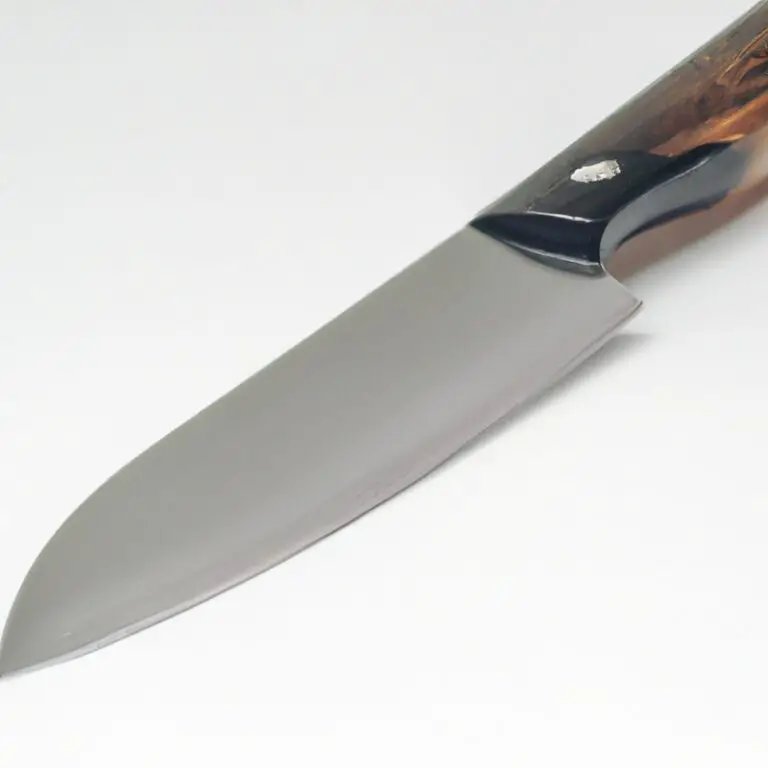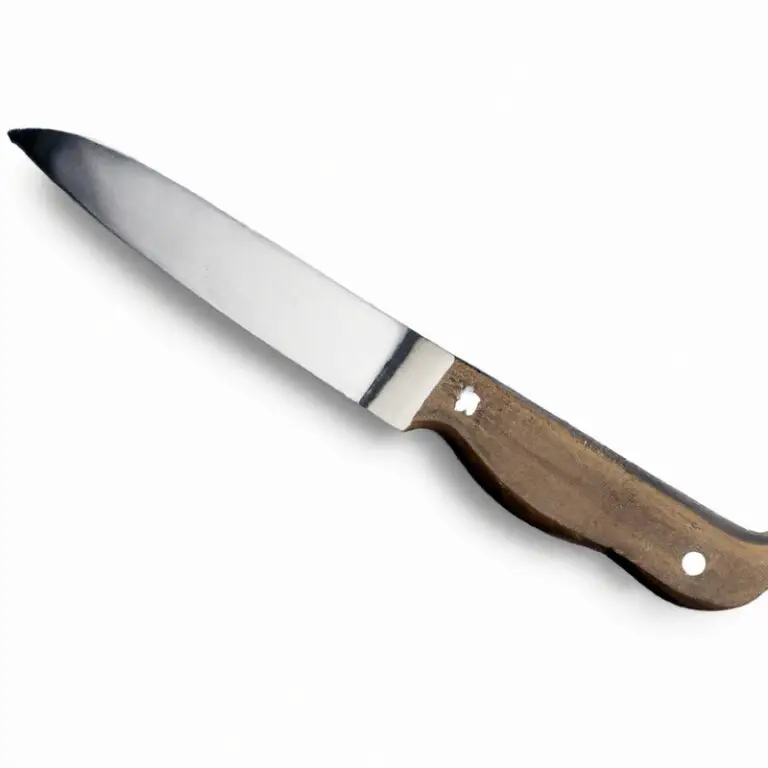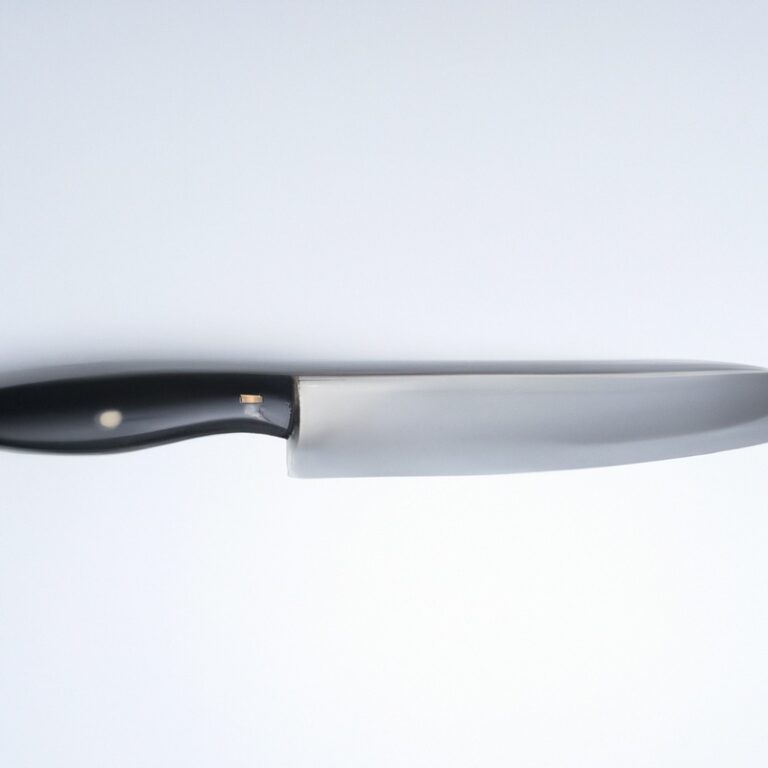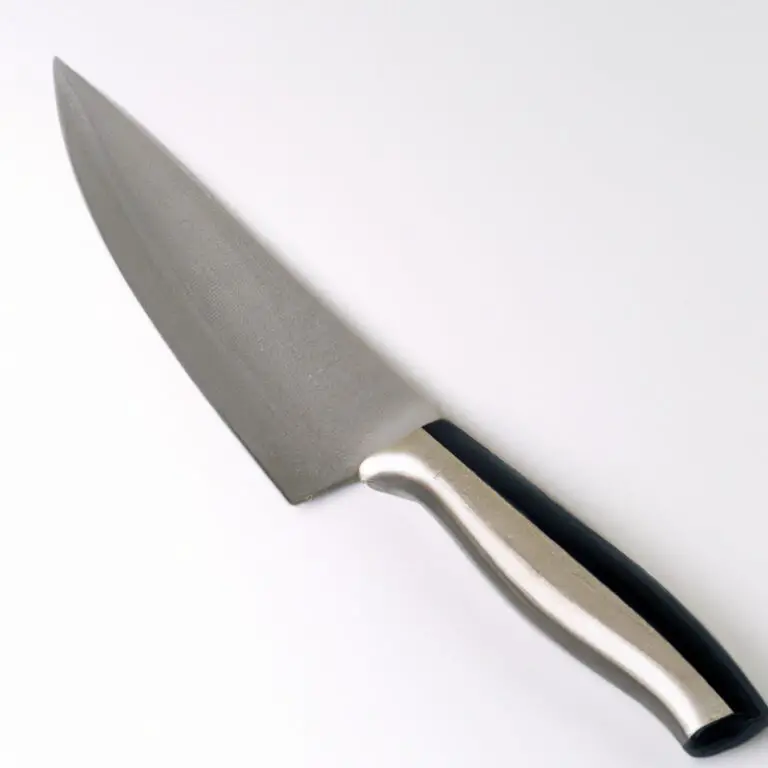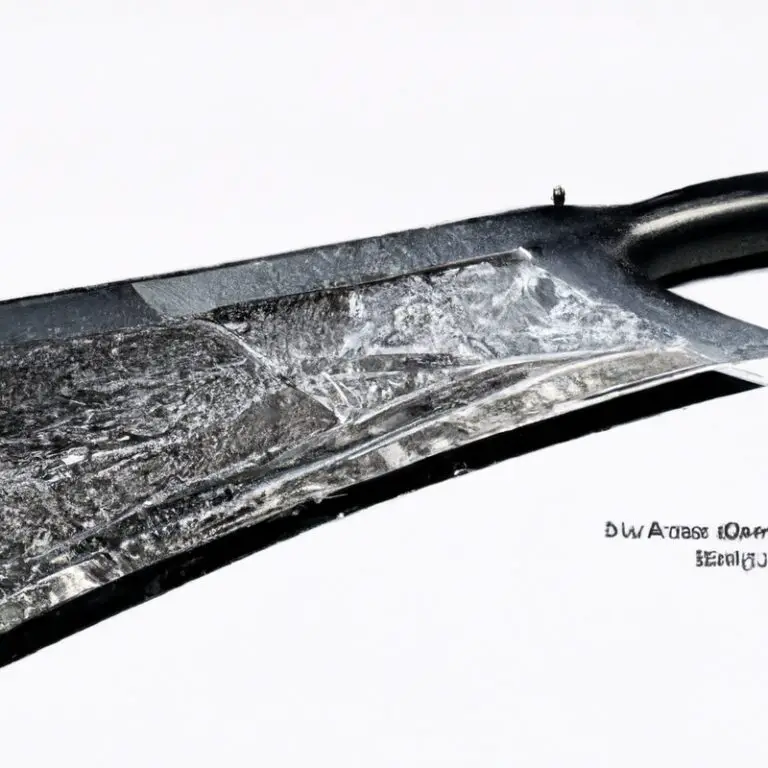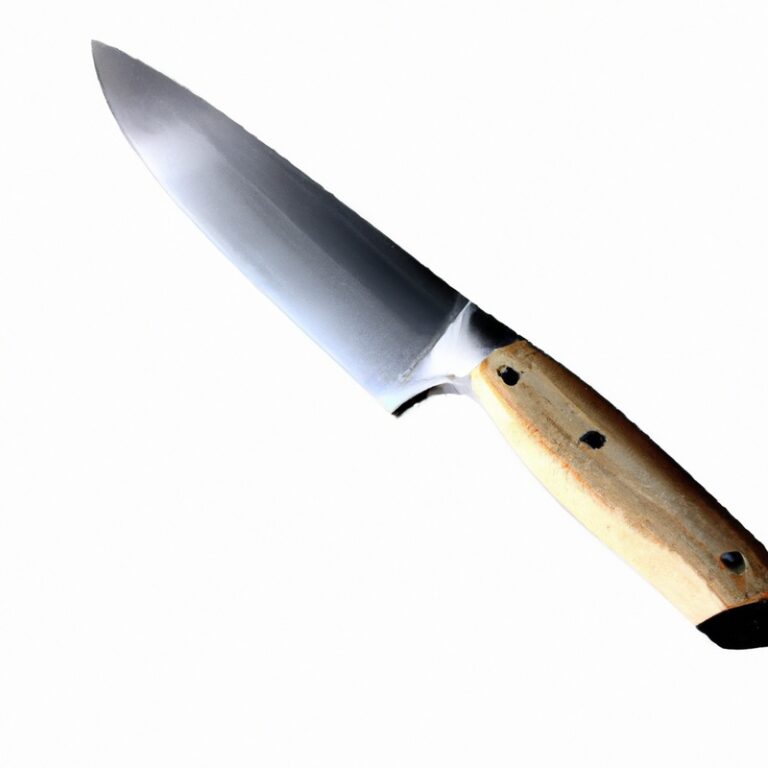How To Fillet a Shellcracker Using a Fillet Knife? Master The Technique!
Key Takeaways:
- Use a sharp fillet knife to make precise cuts along the shellcracker’s spine.
- Begin by cutting behind the gills and along the head to remove the fillet in one piece.
- Take care when removing the skin to ensure maximum yield and minimal waste.
- Practice makes perfect: with patience and practice, you can become a skilled shellcracker fillet expert.
Are you looking to learn the art of filleting fish? Specifically, the shellcracker?
Look no further.
As an experienced angler and seafood lover, I have mastered the delicate process of filleting this delicious freshwater fish. In this article, I’ll guide you through the crucial steps involved in filleting a shellcracker using a fillet knife.
So, whether you’re a seasoned angler or a novice, keep reading to sharpen your filleting skills, learn the necessary equipment, and get a few insider tips on making the process more efficient and enjoyable.
| Steps | Description |
|---|---|
| Step 1 | Place the shellcracker on a clean, flat surface. |
| Step 2 | Insert the fillet knife at the base of the head and cut along the backbone while applying pressure to separate the fillet from the bone. |
| Step 3 | Once you have made the initial cut, continue to cut along the rib cage until you have removed the entire fillet. |
| Step 4 | Flip the shellcracker over and repeat the process on the other side to remove the second fillet. |
| Step 5 | Use a pair of pliers to remove the bones from each fillet. |
| Step 6 | Rinse each fillet under cold water and pat them dry with a towel. |
| Step 7 | Your shellcracker fillets are now ready to be cooked! |
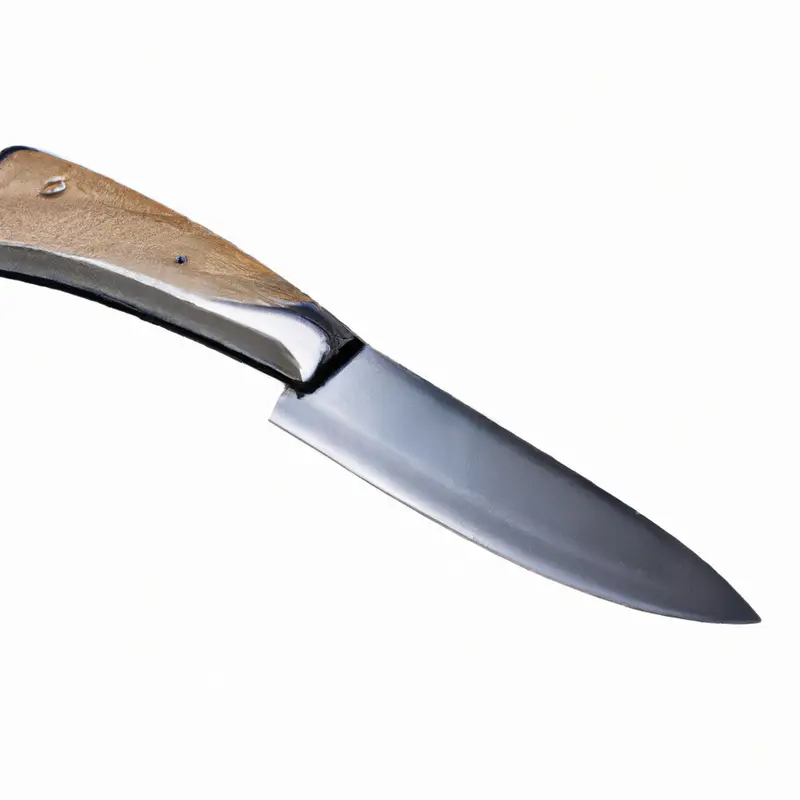
Essential Equipment for Filleting: Required Fillet Knife and Cutting Board
The key to successful fish filleting is having the right tools on hand, with the two most essential pieces of equipment being a fillet knife and a cutting board. For the best results, you’ll want to choose a high-quality fillet knife that feels comfortable in your hand and has a long, thin blade that can easily cut through the fish.
A good cutting board should be large enough to accommodate the size of your fish, and should be made of a durable material that won’t dull your knife blade.
As you work with the fish, make sure to keep your knife sharp and to use proper cutting techniques to ensure a clean, professional-looking fillet. By investing in quality equipment and taking the time to hone your skills, you’ll be able to create delicious, perfectly filleted fish every time.
Preparing the Fish: Cleaning and Scaling the Shellcracker
Before filleting a shellcracker, it is important to properly clean and scale the fish. To scale the fish, use a scaling tool or the back of a knife to remove the scales from the head to the tail.
Then, insert the knife beneath the gills and cut towards the head to remove the head.
Using scissors or pliers, remove the fins and any remaining scales. Rinse the fish under running water to remove any remaining debris.
The shellcracker is now ready to be filleted.
Initial Incision: Securely Holding the Fish and Starting the Fillet
Before starting the fillet, it is crucial to ensure that the fish is held securely. A stable grip on the fish not only ensures safety but also makes it easier to fillet the fish.
To hold the fish properly, place it on a cutting board with its belly facing upwards.
Using your non-dominant hand, grip the tail firmly and bend it away from you. This will cause the skin to stretch, making it easier to cut through.
Next, make a shallow cut through the skin and just above the gills.
Be sure not to cut too deep as you only want to pierce the skin. Once the initial incision is made, hold the fillet knife at a 45-degree angle and insert it where the cut was made.
Gently work the blade towards the head of the fish, following the contours of the bones.
Use smooth and controlled movements and let the knife do the work. As you work towards the tail, use your other hand to gently pull the fillet away from the bones.
Repeat the process on the other side of the fish.
Once finished, be sure to discard any remaining scraps to avoid contamination. Proper cleaning and disposal of scraps is essential in ensuring the best quality fillets.
Removing the Skin: Efficient Techniques for Removing Skin from Fillets
To remove the skin from a fillet, start by making a small incision at the tail end of the fillet. Secure the fillet with the skin side down on a cutting board and insert the knife blade between the flesh and skin at a low angle.
With gentle sawing motions, work your way up towards the head end while carefully angling the blade towards the skin.
Once the skin is separated from the flesh, use a paper towel to grip the skin and pull it away from the flesh while continuing to cut with the knife. Be sure to discard the skin properly and repeat the process on the other side of the fillet.
For a smoother and more efficient process, ensure the fillet is properly chilled and the knife is sharp.
Cleaning the Fillet: Removing Any Remaining Bones or Debris
To clean the fillet of the shellcracker, remove any remaining bones or debris. Use a pair of needle-nose pliers or tweezers to fish out any bones that may have been missed during the initial cut.
Run your fingers along the surface of the fillet to feel for any small bones or pieces of scales left behind.
Use a clean cloth to wipe off any debris. Rinse the fillet in cold water and pat dry with a paper towel.
Once the fillet is clean, it is ready to be cooked or stored.
Finishing Touches: Final Inspection and Packaging Fillets for Storage
After removing the skin and cleaning the fillet, it’s essential to inspect it thoroughly for any remaining bones or debris. Use your fingers to run over the fillet, feeling for any rough spots or small bones.
To ensure absolute perfection of your fillet, use a pair of tweezers to remove any remaining bones.
Once you are satisfied with the cleanliness of the fillet, it’s time to package it for storage. The best way to store fish fillets is by wrapping them tightly in plastic wrap or vacuum sealing the fillets to reduce air exposure and prevent freezer burn.
Label the fish fillets with the date of packaging and place them in the freezer.
To thaw frozen fish fillets, move them to the refrigerator to slowly thaw. Avoid leaving fish fillets at room temperature as this can promote bacterial growth and spoil the fillet.
With these steps, you can be sure to enjoy your shellcracker fillets for weeks without compromising on the taste or quality.
Sharpening and Maintaining Your Fillet Knife for Optimal Performance
To efficiently fillet a shellcracker, it is essential to have a sharp fillet knife that can smoothly slice through the fish’s skin and bones. Dull fillet knives can damage the flesh and make the filleting process frustrating and unsafe.
To maintain a sharp and reliable fillet knife, it is crucial to sharpen and maintain the blade regularly.
Ideally, sharpen the knife after every use to maintain its cutting edge. There are several sharpening tools available in the market, including sharpening stones, honing rods, and electric sharpeners.
Consider the blade’s angle before sharpening, and always follow the manufacturer’s instructions.
After sharpening, it’s essential to maintain the blade’s edge by honing it before every use and washing and drying the blade after each use. Proper sharpening and maintenance of your fillet knife can ensure excellent filleting performance and make the filleting process smoother, safer, and more efficient.
Tips and Tricks: Hacks to Ease the Filleting Process and Increase Productivity
Here are some tips and tricks to make the filleting process smoother and more efficient:
- Freeze your fish before filleting: This will make the fish firm and easier to handle.
- Use a sharp knife and keep it sharp: A dull knife can make the process more difficult and increase the risk of injury. Sharpen your knife before use and maintain its sharpness throughout the process.
- Remove the bones first: By removing the bones before filleting, you can avoid accidentally cutting into them and ruining the fillet.
- Use a cutting board with a non-slip surface: A slippery cutting board can cause the fish to move around and make it harder to make precise cuts.
- Cut at a consistent angle: This will help you maintain consistent thickness in your fillets.
- Work in a clean and well-lit area: This will make it easier to see what you’re doing and avoid making mistakes.
By using these tips and tricks, you can make the filleting process easier, decrease the amount of time it takes, and produce better fillets.
Filleting Safety 101: Precautions to Take to Avoid Injury
When it comes to filleting fish, safety should always be a top priority. Follow these precautions to avoid injury:
- Use a sharp fillet knife: Dull knives are more likely to slip and cause accidents than sharp ones. Keep your fillet knife sharpened and in good condition.
- Secure your cutting surface: Make sure your cutting board is stable and won’t slide around while you’re filleting. If necessary, use a non-slip mat or towel to keep it in place.
- Cut away from yourself: Always cut away from your body to avoid accidentally cutting yourself. Pay attention to the position of your fingers and hands at all times.
- Use proper grip and technique: Hold the fish securely with one hand and the knife with the other, keeping your fingers away from the blade. Cut with smooth, controlled strokes, letting the knife do the work.
- Wear protective gear: Consider wearing gloves to protect your hands and goggles to protect your eyes from flying scales and bones.
By taking these precautions and staying focused on the task at hand, you can safely and efficiently fillet a shellcracker or any other fish.
Turning Waste into Treasure: The Benefits of Utilizing Shellcracker Bones and Parts
Don’t throw away the bones and parts of your shellcracker after filleting, as they can be utilized for beneficial purposes. Here are some ways to turn waste into treasure:
- Stock: The bones and head of the shellcracker can be used to make fish stock for soups, stews, and sauces.
- Fertilizer: Crush the bones into small pieces and add them to your garden soil for a calcium boost.
- Pet food: Cook the bones and parts thoroughly and give them to your pets as a healthy and natural treat.
- Compost: Rather than throwing the bones and parts in the garbage bin, add them to your compost pile for soil enrichment.
Utilizing the bones and parts of your shellcracker is an environmentally friendly way to reduce waste and maximize the use of your catch.
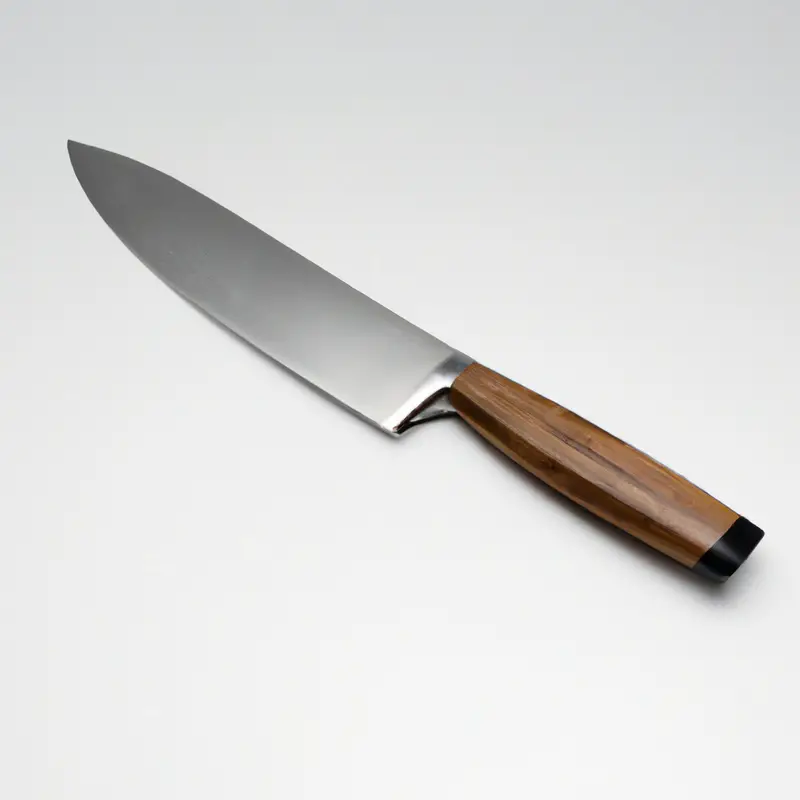
Final Verdict
Filleting a shellcracker can seem intimidating, but with the right equipment, techniques, and safety measures in place, it can be a smooth and efficient process. Remember to always use a sharp and maintained fillet knife, a secure cutting board, and take the time to properly clean and scale the fish.
By utilizing the tips and tricks discussed in this article, such as efficient skin removal and bone cleaning, you can ensure a quality fillet every time.
And don’t forget to consider the benefits of utilizing the bones and parts of the shellcracker, turning waste into treasure. With the knowledge and skills gained from this guide, you can become a pro at filleting shellcracker and impress your guests with your delicious and beautifully prepared fish dishes.

